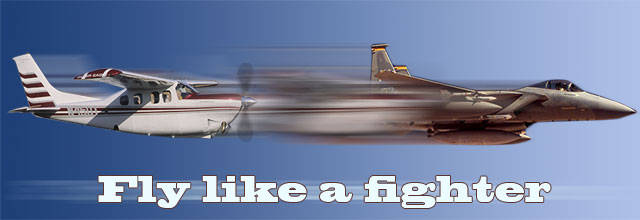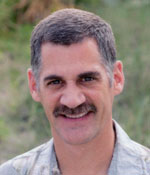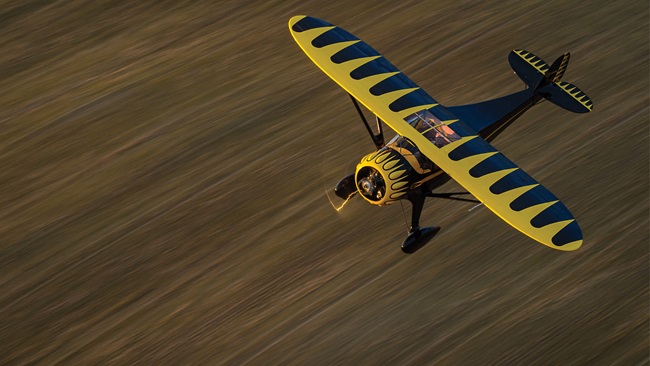
It was a very cold morning when we were scheduled to fly our F-15s from near Sapporo, Japan, back to home base on Okinawa, Japan, about 1,200 miles away. I was parked in the hammerhead with my flight while our ground crews were conducting their last chance checks on us when my jet succumbed to the cold. My right gear strut unceremoniously deflated all at once, which surprised me with a list to the right and a loud thump. I couldn’t taxi or be towed back to our staging area, so the maintenance supervisor had me wait where I was until they could bring a jack and equipment to service the strut.
My flight lead took off without me as a flight of three and told me to take off with the next four ship scheduled 20 minutes later. Because of the cold I was also directed to keep the engines running to try to keep the systems warm. By the time I took off with my new five ship, I had burned 2,000 pounds of fuel on the ground, still leaving me with adequate reserves to make the trip.

We had filed for and were cleared to climb to FL350, which was about as high as we could climb without afterburners loaded with three external fuel tanks. For some reason, passing FL300 our flight lead requested a climb to FL390, which was approved. I knew things would get interesting. Being 2,000 pounds lighter than the others, my jet had a slight climb advantage. I carefully watched everyone’s pitch attitude as we slowly climbed through FL360 and placed my own mental wager on who would fall out of the sky first. It was No. 2, who went from a couple of degrees nose high to about 10 degrees nose low, then recovered to level flight while trying to stay in formation. It wasn’t long before No. 3, then lead, and then No. 4 also fell out of the sky. Everyone was getting educated first-hand on the meaning of absolute ceiling. Even the mighty F-15 has its limits, and we reached them that day.
I could say that I knew FL350 was our maximum cruising altitude that day because I had helped with the flight planning. All of us had spent time in F-15s cruising up to FL450, but with only one or two external fuel tanks, so I can see how our flight lead would have assumed a higher climb was possible.
The absolute ceilings of our piston-powered general aviation airplanes are much lower, necessitating more caution in how we plan and fly our missions. For example, inviting one more friend to join you on a flight may put your absolute ceiling so low that you severely limit your ability to climb and maneuver. Here in Colorado, light twin pilots are well aware that their single-engine service ceiling is often below field elevation, meaning an engine failure will end in a landing of some kind. In addition to conducting proper preflight planning to know your aircraft capabilities on each flight, I highly encourage every pilot at some time to fly his or her airplane of choice to its ceiling limits. You might be surprised at how differently the airplane responds to control inputs, and you can probably guess how much your thrust output will drop off. In any case, being able to handle your airplane properly throughout its entire flight envelope will make you a better, safer pilot.
Larry Brown of Colorado Springs, Colo., is a retired Air Force F-15 pilot who is using the lessons he learned as a fighter pilot as a GA pilot in his Cessna P210. Brown, who has 2,600 hours total time during his 32 years of flying, also was an instructor pilot and flight examiner in the Air Force T-38 and instructor pilot in the T-52, the military’s version of GA’s Diamond DA40. See previous installments of “Fly like a fighter.”



